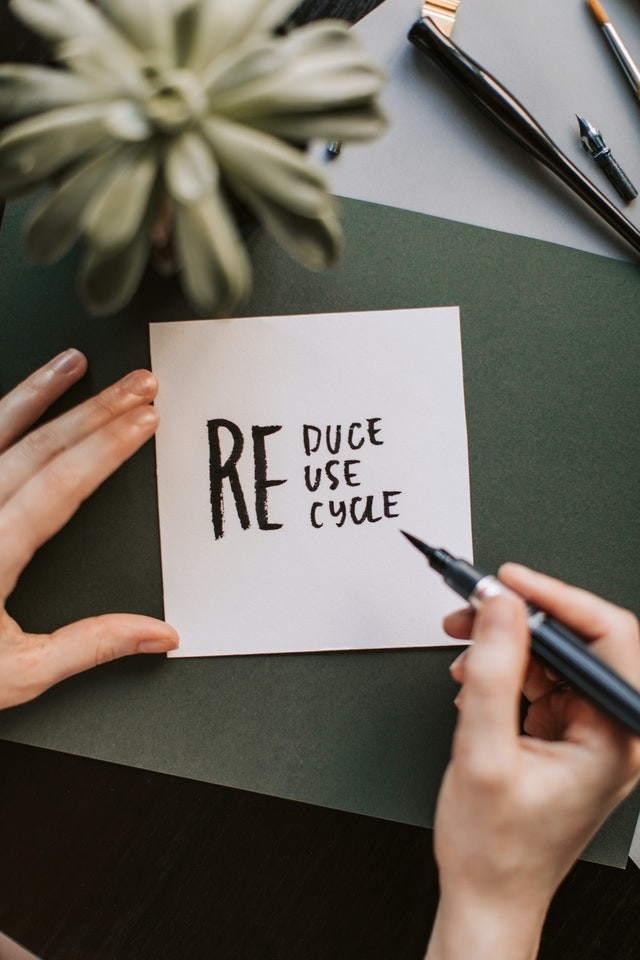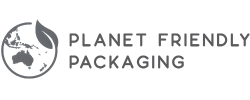
The Three R's - Cut Your Waste
18th Mar 2020
Trying to cut down on your waste but not sure where to start? Overwhelmed by the amount of packaging we use on a daily basis? There are three globally accepted, easy ways to cut your waste, known as the three R's – reduce, reuse, recycle.

The Three R's in Business
By putting into practice the three R's, café owners can save money and help the environment. Café owners can apply this mantra to their business, and save money in the process. Typically, cafés and restaurants produce between 1.7 and 7.3 kg of waste daily per full-time employee. More than half of this waste sent to landfill is actually recyclable. So why isn't it being recycled? Most people are only motivated to do something about their waste if they have a powerful incentive – money. However, what many don't realise is that waste collection is costing money, and that they could reduce this cost quite easily. We need to think about where the waste comes from, not just where it goes, and find opportunities for waste sorting, reuse, and recycling. The first step in this is avoiding unnecessary waste in the first place.
Reduce
Reduce the amount of food you buy and the amount of disposable items you provide. A study conducted several years ago found that between June and August 2008, 74% of food waste in Sydney never even got to the consumer – it was thrown away before it was even sold. This is literally throwing money in the bin. Food Waste Assessments can measure and track the amount, type, and reason for food waste generation. If a business knows how much and why food waste is generated, it can create targeted food waste prevention strategies. To avoid waste, ensure you buy good quality products. Store perishables immediately to avoid them going off. By buying local food, you reduce the amount of food that could be spoiled in transit. If you only buy what you need, you limit the food that can go to waste simply because it is not required. By offering customers a choice of serving sizes, you reduce the potential that they will leave half their meal. You can also reduce non-food items. Items that get used once then thrown away add to your costs and your rubbish. Use refillable sugar and condiment dispensers, reusable cutlery, and reusable tableware and food storage containers.
Reuse
By making an effort to reuse packaging and other items, you can cut down on running costs. Buy products with reusable packaging if possible. When suppliers suggest moving away from reusable packaging, remind them you are then stuck with extra disposal costs. Speak to meat and fish suppliers about using (hygienic) reusable plastic tubs instead of disposable polystyrene and cardboard packaging. Filter and reuse cooking oil before you dispose of it. The useful life of oil can be prolonged by ensuring it is only heated when necessary for cooking.
Recycle
Recycling is better than sending waste to landfill - however, it is better to reduce and reuse first. You can recycle everything from coffee grounds (compostable) to cooking oils (converted to biofuels). Paper, cardboard, and plastic can all be recycled. Purchase products with recycled content, such as napkins and toilet paper (wood-based products can be endlessly recycled, unlike plastic). Recycling, however, is not the answer – see our article here for the problems associated with it. If you can reduce and reuse, you will have less to recycle. But sending items to recycling is better than sending them to landfill – and anything is a start.
Information taken from BioPak's website. For information about alternatives to recycling, have a look at this post on our blog.
Planet Friendly Packaging acknowledges the traditional custodians of the land on which we work. Our thoughts go out to everyone affected by COVID-19. Stay safe.

